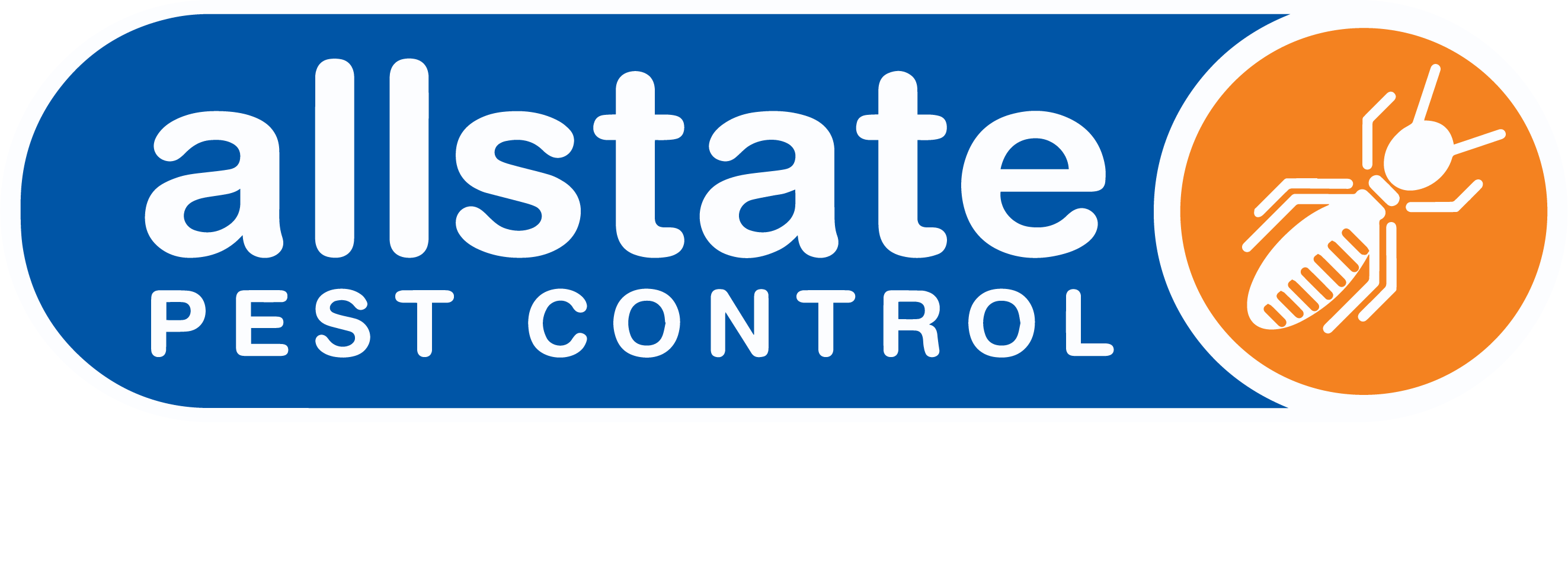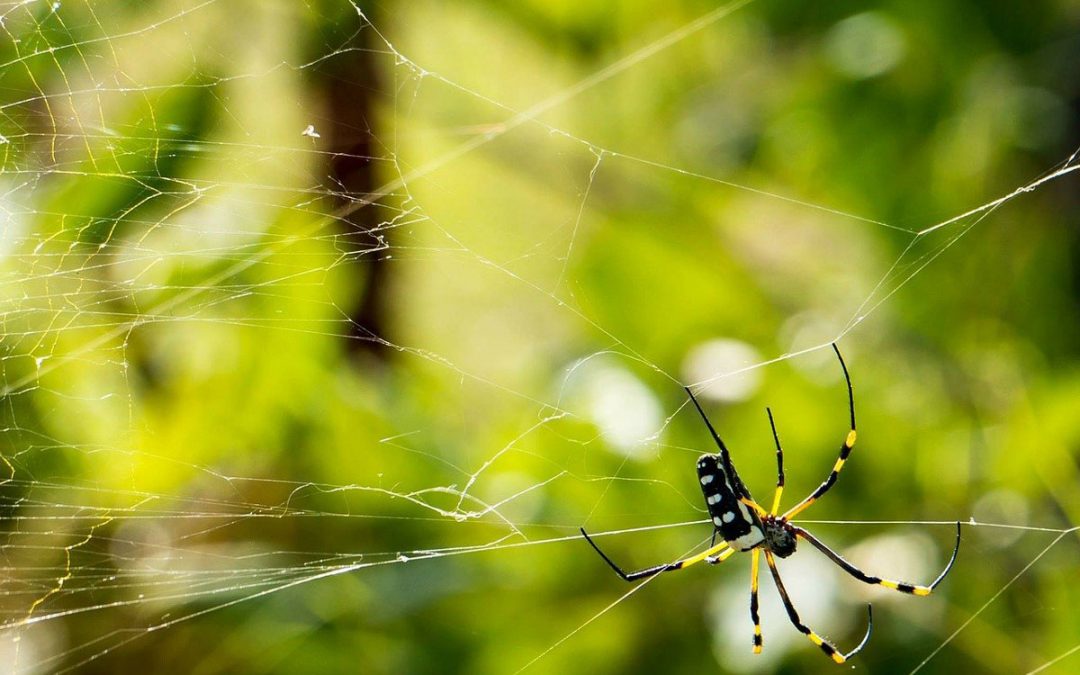
Your Guide to Flea Control in Adelaide
YOUR GUIDE TO FLEA CONTROL IN ADELAIDE
So how do they do it? Fleas irritate your pets as they live and breed in pet fur. Females can lay up to 50 eggs a day which can disperse anywhere that your pet moves, so an outbreak doesn’t take long to happen. Flea bites carry infections, become swollen and itchy, trigger allergies and make both people and pets unwell. There’s no need to panic though, because Allstate Pest Control is ready to help.
If you’re experiencing any issues with flea control in Adelaide, this guide is designed to help you to learn more about fleas, why they are such a nuisance, as well as prevention and removal techniques.
What questions will this article answer?
What are fleas?
Learn how to identify these pests
Signs of a flea infestation
Look for these clues that you may be on the verge on a flea outbreak
Problems caused by fleas
These pests are notorious for being a nuisance to both people and pets.
How to prevent flea outbreaks
It’s better to take some simple steps to stop a flea problem in its tracks before it escalates.
Flea outbreaks in commercial buildings and hotels
You’ll want to avoid deterring staff, customers and guests, and damaging your business reputation with reports of fleas in commercial buildings and retail centres, as well as hotel and accommodation facilities.
Treating a flea outbreak
Taking your pet to the vet and using commercially available chemical treatments can help prevente fleas.
Professional flea removal and treatment
At Allstate, we’ll take the time to inspect your flea outbreak, so we can effectively treat it. We also offer follow up visits to ensure that you are flea-free
Why choose Allstate?
We are experienced at managing all types of flea outbreaks, and our vans are all fully equipped and available 24/7, to all suburbs of Adelaide to assist you. We offer a 100% money back guarantee if you aren’t satisfied with our service. We take care to ensure that our treatments are safe towards children, pets and the environment.
What are fleas?
What do fleas look like?
- Red-brown coloured
- Oval shaped with small antennae
- 2mm long
- Have 6 legs with powerful hind legs for jumping
- They have saw-like jaws for piercing through skin, and needles for feeding on blood from their host
- Their saliva assists with feeding as it contains an anticoagulant to thin the blood and keep it flowing
Main flea species in Australia
- Cat flea: this is the most commonly found flea, and it also infects dogs, rats, people and other mammals
- Dog flea: this is less common than the cat flea and can survive on a large variety of mammals.
- Human flea: this is relatively uncommon due to high hygiene standards. This species can also be found on dogs, pigs, rats and mice.
When and where fleas are most active
- Fleas survive best in warm humid environments (such as pet fur)
- They breed in the warmer months
- Larvae can survive by remaining dormant in colder months or when they’re waiting for a suitable host
Is it a tick?
Fleas and ticks can look similar, but Paralysis Tick bites can cause a life-threatening paralysis in pets. This means that being able to identify a Paralysis Tick from a flea can be critical to the survival of your pet, so here’s how to tell:
- Fleas have wings and can jump, while ticks are wingless
- Tick bites give a characteristic “bullseye appearance”: they will burrow themselves to the skin when they bite, so the affected area becomes red. If you look closely, you’ll also notice a fainter red ring surrounding the affected area
- Adult ticks have 8 legs, newly-hatched ticks have 6 legs, and adult fleas have 6 legs
Signs of a flea infestation
Flea droppings (flea dirt)
- Look like ground black pepper
- To distinguish flea dirt from soil, you can place it on a white paper towel and spray it with water. Flea dirt will take on a reddish hue, as it contains digested blood from feeding
- Use a fine comb to check for it in your pet’s fur
Flea bites in pets
- Look for behaviour changes: your pet becomes more snappy or fidgety rather than being calm and friendly, it scratches itself more frequently or seems restless
- Flea bite dermatitis: this is a skin condition from flea saliva which causes red, irritated patches of skin and painful-looking welts. Check for this in their fur in groin areas and armpits
- Look for bites in hard to reach places: including the back of the head and neck of cats and hind quarters of dogs
- Check for spots of dried blood on the skin from bite wounds
Flea eggs
- These can be hard to spot, as they are around 0.5mm long, white and oval-shaped
- Easily fall out of pet fur
- Usually hidden out of sight, but when they hatch, they are responsible for a re-infestation even if the outbreak is under control
- Look for them hidden in small gaps, pet bedding, carpets, rugs and crevices in floorboards
Flea bites in people
- Cause a mild stinging sensation
- Skin swelling around the bite mark, causing irritation and itching
Look for a rash of red bumps
- If you walk around barefoot, you may see bites on your ankles or knees
- Try the white sock test: walk around with white cotton socks, making sure to dig and shuffle your feet into the carpet, and then inspect your socks for fleas, flea dirt or eggs
Pet hair loss (alopecia)
- Some species of fleas can cause a reaction in pets which results in hair loss
- This can occur in areas of fur where your pet is constantly scratching and biting
Pale gums in pets
If your pet appears more tired than usual and has pale gums, this can indicate anaemia, which can be due to a significant loss of blood from fleas feeding. If you suspect this is the case, speak to your vet ASAP.
If you suspect that you may have a flea outbreak on your hands, get in touch with an Adelaide flea removal expert today.
Speak to our flea extermination team
 or
or
Problems caused by fleas
They can spread serious diseases
- Typhus: Typhus is transmitted from rats, cats and possums to people and pets, via fleas. This results in fever, nausea, cough, stomach pain, rash and body aches
- Tapeworm larvae: A tapeworm infection can be transmitted from rodents to humans or pets via fleas. One famous example (but fortunately now very rare) is the Bubonic plague. This condition causes nausea, abdominal pain, diarrhoea, weight loss and an overall feeling of weakness.
Their bites are uncomfortable
- You may experience skin irritation, itching and mild swelling around the bite mark
- The bites trigger allergies, and may result in hypersensitivity to repeated bites
Outbreaks can occur quickly
- A single female flea can lay up to 2000 eggs in its lifetime
- Eggs only take 2-12 days to hatch
How to prevent flea outbreaks
Clean regularly and thoroughly
- Pay special attention to areas that are heavily used by pets, such as upholstered furniture
- Sweep, scrub, mop, steam clean floors and carpets
- Vacuum with the strongest suction setting possible
- Spray vacuum cleaner contents with pesticide and double bag them, before sealing them off; discard the bags immediately
- Try to avoid spreading eggs when moving around pet bedding and rugs
Garden maintenance
- Fleas will hide in lawns and then latch onto pets as they walk by.
- Remove weeds and loose debris
- Keep lawns trimmed
- Larvae are more commonly found in shaded areas
Remove pests that attract fleas
This includes rats, mice, and pest birds
Consider fitting your pet with a flea collar
This collar slowly releases flea-repelling chemicals to keep your pet safe, and needs to be replenished every few months
Regularly inspect and wash your pets
Pets pick up fleas from other places and pets, so practicing good hygiene is important. Remember to wear gloves to avoid transferring fleas onto yourself.
- Use flea wash
- Groom your pets regularly
- Consider keeping pets outside to avoid introducing a flea outbreak inside
- If your pet is scratching or biting its fur, take them to the vet for flea spray or powder treatment
Regularly wash pet bedding
- Use hot water (>50°C) to kill fleas, eggs and larvae
- Place pet bedding on hard floors rather than carpet and rugs which can harbour eggs
Our expert team is ready to help you now
 or
or
Flea outbreaks in commercial buildings and hotels
Commercial buildings and retail centres
With a mixture of different retailers and heavy foot traffic, fleas can find many hiding spots and hosts. By leaving eggs and flea dirt on stock and goods, fleas can make unsuspecting shoppers, clients and staff feel unwell after visiting and potentially introduce an outbreak into their own homes.
Hotels, hostels and accommodation facilities
Guests noticing fleas or experiencing fleabites could lead to serious damage to your business’s reputation.
Treating a flea outbreak
Once you have a confirmed a flea problem, you can immediately take action to try and control it before it becomes more severe. Alongside cleaning and maintaining infested areas and removing other pests, there are more targeted approaches you can take:
Treat your pet
Consult your vet for flea treatment options and recommended products, including combing, tablets, and applying solutions and powders to their fur. It can also be worth considering treatment for tapeworm infections.
Chemical treatment
There are many commercial products available. Remember to wear gloves, long sleeve protective clothing and a face mask and store away children’s toys and water and food bowls for pets before applying.
- Surface spray indoors and outdoors where pets frequent
- Use flea bombs
- Repeat treatments as flea eggs may take a few weeks to hatch
- For severe infestations, or if there is also a rodent outbreak, contact Allstate Pest Control
Professional flea removal and treatment
At Allstate, we’re available 24/7 for any emergency flea problems in your home or business. Our 3 step approach to flea prevention focuses on where fleas live, breed and feed:
Initial inspection
Our technicians will come over and perform a thorough assessment of your flea outbreak, then devise a treatment plan.
Treatment
We use a combination of the following methods:
- Flea control dust – This is applied to cracks and crevices or wall voids in infested areas, where spraying is difficult
- Flea control insecticide – This is useful for treating fleas at all stages of their life cycle. We apply the spray to treated zones around the perimeters around the home and flea hot spots. This includes floor to wall joints, flooring, skirting boards under rugs. You won’t be able to enter the treated rooms for several hours afterwards.
Follow up treatment
Fleas can be difficult to remove as hidden eggs take time to hatch. Severe outbreaks can also require several treatments, so we’ll come back to review and replenish your treatments to ensure that the problem is completely resolved.
Why choose Allstate?
We understand how stressful and overwhelming a flea problem can be to your family and pets at home or place of business. That’s why our flea control team is always available and fully equipped to handle any outbreak.
We’re available for call outs all over Adelaide 24/7
Use the chat box on the bottom right of this page to get in touch
Contact us with your emergencies
Our team is always on standby for urgent call outs
100% money back guarantee
If you aren’t satisfied with your flea treatment, we’ll refund you the cost
We offer interest-free payment plans
To ensure that you can access our services quickly to get on top of an outbreak
We offer targeted, effective solutions with follow ups
We’ll thoroughly inspect the flea problem your home or business before coming up with a tailored treatment plan. We’ll then follow up to ensure that you are protected for the long term.
Our treatments are non-toxic
All of our flea control solutions are child, pet and environmentally friendly
Our technicians are flexible and discreet
We’re happy to work around your schedule and business hours






Recent Comments